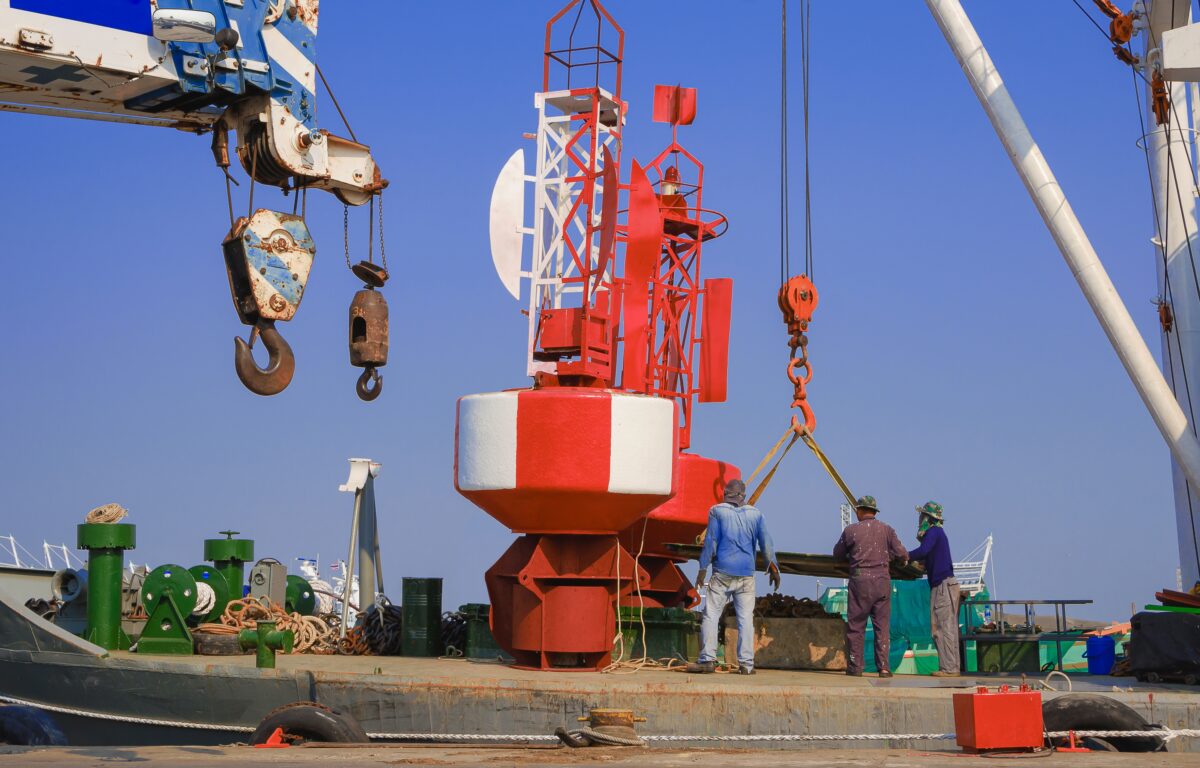In the realm of occupational health and safety, identifying potential hazards and managing risks is paramount. This process is not just a regulatory requirement but a moral imperative to protect the well-being of employees. One innovative tool that stands out in this field is FAT FINGER, a digital workflow procedure builder empowers front-line teams to execute their tasks flawlessly every time. It offers a suite of features, including:
– Drag & Drop Workflow Builder
– Mobile & Desktop Workflows
– Dashboards
– Integrations
– Augmented Reality
– Connect IoT Devices
– Artificial Intelligence Coaching
With these capabilities, FAT FINGER streamlines the implementation of safety procedures, ensuring operational excellence.
Establishing a Proactive Safety Culture for Effective Hazard Identification

Creating a proactive safety culture is the cornerstone of effective hazard identification. Here’s how organizations can foster this environment:
– Engage Leadership: Top management must champion safety initiatives.
– Empower Employees: Workers should feel responsible for safety and encouraged to report hazards.
– Provide Training: Regular, comprehensive training sessions are crucial.
– Communicate Openly: A transparent dialogue about safety concerns is essential.
A proactive safety culture not only prevents accidents but also boosts morale and productivity.
Risk Assessment Techniques: Tools and Methods for Identifying Hazards
Several risk assessment techniques are vital in spotting potential dangers. These include:
– Walkthrough Inspections: Regular site visits to identify risks.
– Job Safety Analysis: Breaking down tasks to pinpoint hazards.
– Checklists: Using standardized lists to ensure no risk is overlooked.
– Incident Analysis: Learning from past incidents to prevent future ones.
Employing these methods ensures a thorough hazard analysis, laying the groundwork for a safer workplace.
Prioritizing Risks: Strategies for Evaluating and Ranking Hazards

Once hazards are identified, prioritizing them is key. Strategies include:
– Risk Matrix: A tool to evaluate the severity and likelihood of each hazard.
– Hierarchy of Controls: A method to rank risks based on control feasibility.
– Cost-Benefit Analysis: Weighing the cost of control measures against the benefit of risk reduction.
– Expert Consultation: Seeking advice from safety professionals to prioritize risks.
These strategies help organizations focus their resources on the most critical risks.
Implementing Control Measures: Mitigating Risks and Preventing Incidents
Implementing control measures is the next step in risk management. Effective measures include:
– Elimination: Removing the hazard entirely.
– Substitution: Replacing the hazard with a less dangerous option.
– Engineering Controls: Isolating people from the hazard.
– Administrative Controls: Changing work procedures to minimize risk.
– Personal Protective Equipment: Providing gear to protect employees.
These measures, when applied correctly, significantly reduce workplace risks.
Continuous Improvement: Monitoring, Reviewing, and Updating Risk Management Practices

Risk management is an ongoing process. Continuous improvement involves:
– Monitoring: Keeping a close watch on implemented controls.
– Reviewing: Regularly assessing the effectiveness of safety measures.
– Updating: Making necessary adjustments to safety plans.
– Employee Feedback: Involving workers in the review process.
This cycle ensures that risk management practices remain effective over time.
Conclusion
Hazard identification and risk management are critical for maintaining a safe work environment. By following best practices, organizations can protect their employees and operations. FAT FINGER plays a pivotal role in this process, offering a platform that simplifies the creation and implementation of safety procedures.
Embrace the path to operational excellence and ensure that your team does their work correctly every time. To experience how FAT FINGER can enhance your organization’s safety performance, sign up or request a demo today.


